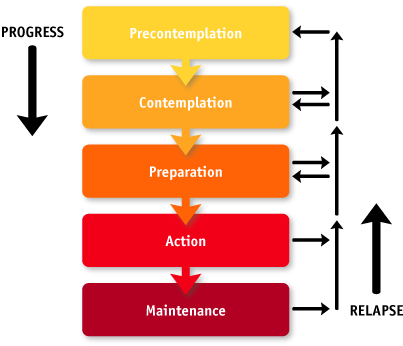Insert Song Title About “Change”
This is an old blog post, written in 2005 or 2006. I’m only reposting it here because I think the message is clear: it’s possible to change your habits when you’re ready to change your habits. It’s also interesting to see where I was in my writing career at various points in time.
I’ve been picking up books at the local library sale, at used bookstores, in the bargain bin at the brick-and-mortar stores. It’s an obsession, and I’m running out of bookshelves. Since the majority of hardbacks that end up on library shelves are first edition prints, I think I’ve scored well over the past few months. There’s usually a sale once a quarter, and while I haven’t made it a point to be there when the door opens up (it’s early!), I have been there. And although I rarely find exactly what I’m after, I still find books I’d passed in the local Barnes and Noble because they were too expensive.
A year ago I wasn’t much of a reader. Or a writer. Or a student of the creative arts in any form, really. I can’t blame everything on life’s twists and turns. Life is a winding road through dark forests and there’s nothing we can do to straighten it out. Thankfully, though, it appears (at least on the surface) that the laziness of that past year has worn off. Within the last few months, I’ve ripped through twenty-two of those books I purchased at the aforementioned sales. It’s been nice to lose myself again in the minds of people I envy.
For the last month I’ve wondered if this sudden desire to read was a stepping stone that helped me crawl out from that pit of creative collapse I found myself in and back to sunshine. I might be jumping the gun, but inside I feel my soul has slowly turned back to my madness.
Did something change?
I like to think I’m a student of change. To be more succinct, I’m a student of learning how to get people to adapt to change. Think of a large business with a specific model. If a newcomer to the organization sees a different way to do something, it’s common for the members of that organization to resist; how often do we hear “that’s not how we do things around here?” It may be counterproductive, but it is also human. As a student of change, I’m always looking for new ways to get people to accept a change and morph it into a habit.
Rarely, however, do I seek ways to apply that thinking to myself. In one of those books I recently breezed through, the protagonist marvels at how blind psychologists are to themselves; while they are adept at pointing out flaws in other people, they can’t seem to look in the mirror and do the same thing. I often find myself in that situation. Sure, I can write articles on how to deal with impending change or give speeches designed to get people in an organization to embrace it, but I have trouble dealing with change myself.
Picking up the virtual pen and writing again is a change, a change that exists on many levels. There is the change in creative output, the change in daily schedule, the change in how the writer views the world around him or her. Accepting that change means the writer has to pull him or herself out of their comfort zone, even if writing was–at one point–a central part of what made them comfortable.
So, how do you change your behavior? Can you look in the mirror and help yourself?
Dr. James Prochaska’s “Stages of Change” is often helpful, especially to know where you are at any given moment.
- Precontemplation. Here we really have no idea how much it costs us not to do the the things we don’t know we should be doing. In the case of writing, that’s a stage I was definitely past. I know the cost of bottling up my creativity, and for any of you who have bottled up creativity as well–for whatever reason–you know the cost as well. If you’re reading this blog entry, you are likely well past this step. It’s the unknown unknown, and we probably know it.
- Contemplation. Really we know exactly how much it’s been costing us to not do what we now know we should have been doing. Once we reach this step, we’re aware–often painfully aware–that success isn’t going to happen until we pick up that pen. I often say contemplation can last years. Think about it: you know you need to make a change, but are you doing anything to realize that goal?
- Preparation. This is the step before taking the plunge and making a change. This is where ducks line up, support systems are located and put on notice that they will be used, etc. In the case of writing, this might be setting up a schedule, carving out time during the day, buying reams of paper or new software, attacking barriers to success that have previously proven troublesome…whatever you think will get you to change.
- Action. You’ve been here before, and it’s probably where I was a few months ago: we struggle to master our writing. Sometimes, this step is awkward, especially if what we’re changing is radically different. Try this at home: for one week, notice how you put on your shoes. Do you slip the right one on first, then tie it? Or do you slip the left on, the right on, then tie from left to right? Whatever you do, switch it up. You’ll notice something doesn’t feel “right.” But tell me what’s wrong about it? A change is a change, and this is the goal: to put the other shoe on first.
- Maintenance. Now that we’ve started writing and we’re doing it on a daily basis, we own the process. We have effectively changed our habits. I think this is where you really want to be, but this is also where the struggle often lies. Relapse is common if we did not put in place the support systems needed to help up along the way.
I envy those who have gone before me (the authors, that is). I know I’ll walk in their shoes eventually, and I’m glad I made the change that will enable me to get there. Then someday, someone will be hunting through library sales and picking up my work.

















